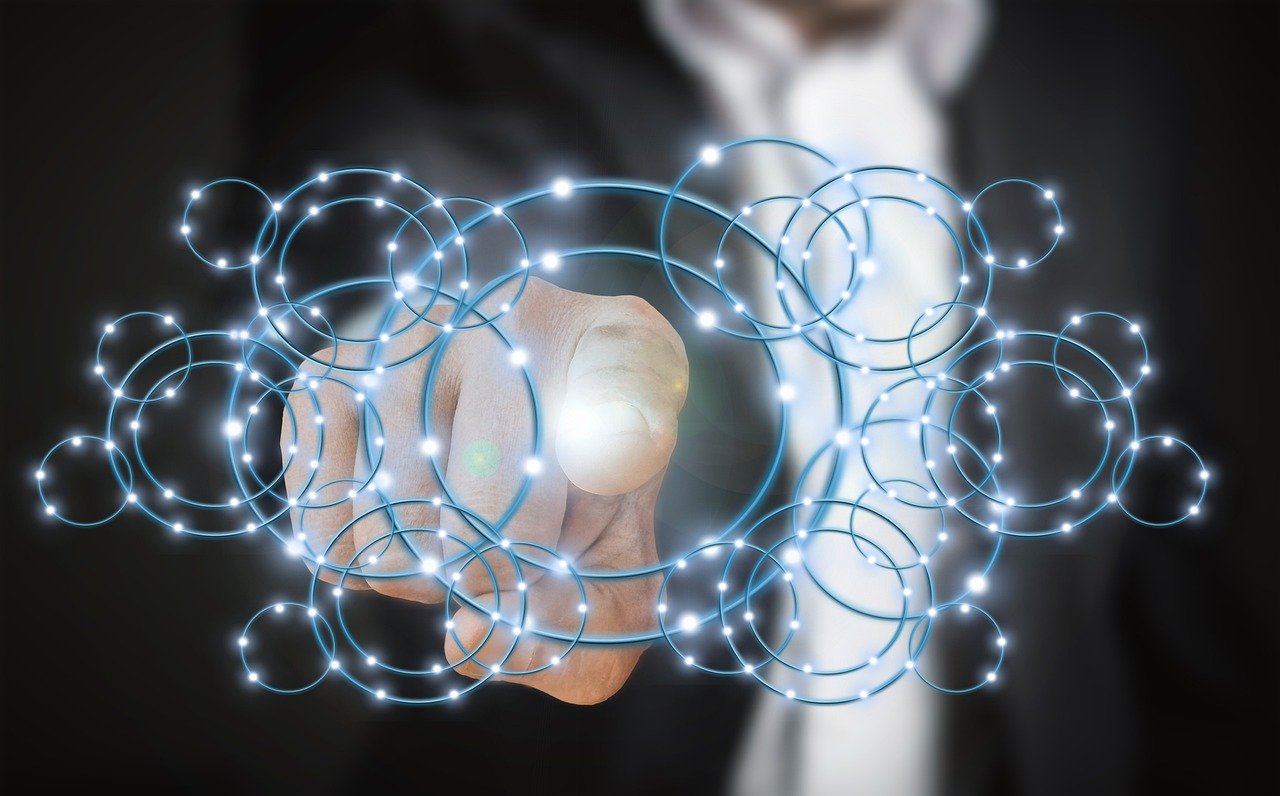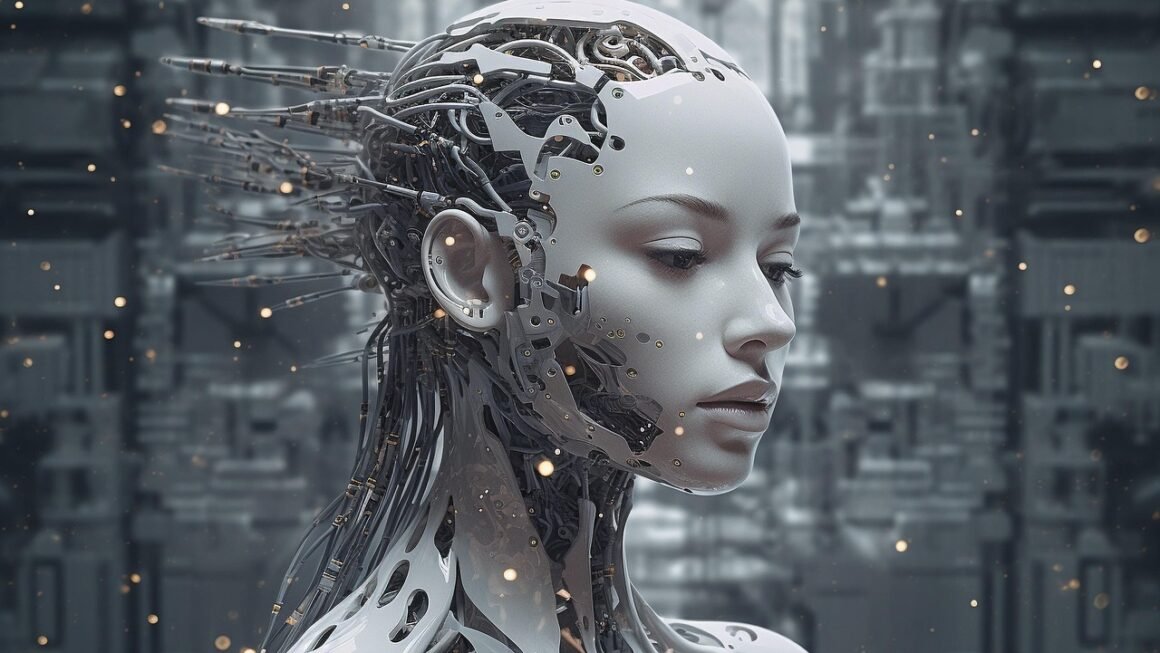Artificial intelligence (AI) is rapidly transforming our world, impacting everything from how we work and communicate to how we solve complex global challenges. It’s no longer a futuristic concept confined to science fiction movies; AI is here, it’s evolving, and understanding its capabilities and implications is becoming increasingly essential. This blog post aims to provide a comprehensive overview of artificial intelligence, its various facets, practical applications, and the future it holds.
What is Artificial Intelligence?
Defining Artificial Intelligence
At its core, artificial intelligence refers to the ability of a computer or a machine to mimic human cognitive functions, such as learning, problem-solving, and decision-making. It involves creating systems that can perform tasks that typically require human intelligence.
- AI isn’t about replacing humans, but about augmenting our capabilities and making us more efficient.
- AI includes a broad range of techniques, from simple rule-based systems to advanced machine learning algorithms.
Different Types of AI
Artificial intelligence can be categorized in various ways, including based on capabilities and functionality:
- Based on Capabilities:
Narrow or Weak AI (ANI): Designed for a specific task. Examples include voice assistants like Siri or Alexa, recommendation systems, and image recognition software.
General or Strong AI (AGI): Possesses human-level intelligence and can perform any intellectual task that a human being can. AGI is currently theoretical.
Super AI (ASI): Surpasses human intelligence in every aspect, including creativity, problem-solving, and general wisdom. Also, currently theoretical.
- Based on Functionality:
Reactive Machines: The most basic type of AI that reacts to stimuli based on pre-programmed rules. (e.g., Deep Blue chess-playing computer)
Limited Memory: AI systems that can learn from past data to make future decisions (e.g., most modern AI systems using machine learning techniques).
Theory of Mind: AI that understands human emotions, beliefs, and intentions. (Currently under development)
Self-Awareness: AI that is conscious and aware of its own existence and emotions. (Still a theoretical concept).
Key Components of AI
Several key components contribute to AI’s functionality:
- Machine Learning (ML): A subset of AI that focuses on enabling systems to learn from data without explicit programming.
- Deep Learning (DL): A more advanced subset of machine learning that uses artificial neural networks with multiple layers to analyze data.
- Natural Language Processing (NLP): Deals with enabling computers to understand, interpret, and generate human language.
- Computer Vision: Enables computers to “see” and interpret images, videos, and other visual inputs.
- Robotics: Combines AI with engineering to create intelligent machines capable of performing physical tasks.
Applications of Artificial Intelligence
AI in Business and Finance
AI is revolutionizing the business world in numerous ways.
- Customer Service: AI-powered chatbots provide instant support, answer frequently asked questions, and resolve customer issues. Example: Many e-commerce websites use chatbots to handle basic inquiries, reducing the workload on human agents.
- Data Analysis: AI algorithms can analyze vast datasets to identify trends, predict market behavior, and optimize business strategies. Example: Hedge funds use AI to analyze market data and make investment decisions.
- Fraud Detection: AI systems can detect fraudulent transactions in real-time, protecting businesses and customers from financial losses. Example: Banks use AI to identify suspicious credit card transactions.
- Personalized Marketing: AI enables businesses to deliver personalized marketing messages and product recommendations, increasing customer engagement and sales. Example: Amazon’s recommendation engine suggests products based on a user’s browsing history.
- Supply Chain Optimization: AI can optimize supply chain logistics, predict demand, and minimize inventory costs. Example: AI can predict delays in shipping, allowing for proactive adjustment of supply chains.
AI in Healthcare
AI is transforming healthcare by improving diagnosis, treatment, and patient care.
- Diagnosis: AI algorithms can analyze medical images (X-rays, MRIs) to detect diseases like cancer at an early stage. Example: AI-powered tools can detect subtle anomalies in mammograms that might be missed by human radiologists.
- Drug Discovery: AI accelerates the drug discovery process by identifying potential drug candidates and predicting their effectiveness. Example: AI is used to analyze genomic data to identify targets for new drugs.
- Personalized Medicine: AI helps tailor treatments to individual patients based on their genetic makeup, lifestyle, and medical history. Example: AI can predict how a patient will respond to a particular medication based on their individual characteristics.
- Robotic Surgery: AI-assisted robots enhance surgical precision and reduce recovery times. Example: Robotic surgery systems like the da Vinci Surgical System use AI to provide surgeons with greater control and dexterity.
- Remote Patient Monitoring: AI-powered devices can monitor patients’ vital signs remotely and alert healthcare providers to potential problems. Example: Wearable devices can track heart rate, blood pressure, and sleep patterns, providing valuable data for monitoring chronic conditions.
AI in Education
AI is enhancing education by providing personalized learning experiences and automating administrative tasks.
- Personalized Learning: AI algorithms can adapt to each student’s learning style and pace, providing customized content and feedback. Example: AI tutors can identify areas where a student is struggling and provide targeted support.
- Automated Grading: AI can automate the grading of assignments and exams, freeing up teachers’ time for other tasks. Example: AI-powered tools can grade multiple-choice tests, essays, and coding assignments.
- Intelligent Tutoring Systems: AI-powered tutors can provide personalized instruction and support to students in various subjects. Example: AI tutors can help students learn math, science, and language skills.
- Accessibility: AI-powered tools can make education more accessible to students with disabilities. Example: AI-powered speech recognition software can convert spoken words into text, making it easier for students with hearing impairments to participate in class.*
Challenges and Ethical Considerations
Data Privacy and Security
AI systems often require large amounts of data to train, raising concerns about data privacy and security. It’s crucial to implement robust data protection measures to prevent unauthorized access and misuse.
Bias and Fairness
AI algorithms can perpetuate and amplify existing biases in the data they are trained on, leading to unfair or discriminatory outcomes. Ensuring fairness and mitigating bias in AI systems is essential.
Job Displacement
The automation potential of AI raises concerns about job displacement in various industries. It is essential to invest in retraining and upskilling programs to help workers adapt to the changing job market.
Ethical AI Development
Developing AI systems ethically requires careful consideration of their potential impact on society, including issues such as transparency, accountability, and human autonomy.
The Future of Artificial Intelligence
Advancements in AI Technology
AI technology is expected to advance rapidly in the coming years, with breakthroughs in areas such as:
- Natural Language Understanding (NLU): Enabling AI systems to understand and respond to human language more effectively.
- Explainable AI (XAI): Making AI decision-making processes more transparent and understandable.
- Edge AI: Processing AI algorithms on local devices (e.g., smartphones, sensors) rather than in the cloud.
- Quantum AI: Combining quantum computing with AI to solve complex problems that are beyond the capabilities of classical computers.
The Impact of AI on Society
AI is poised to have a profound impact on society, transforming industries, creating new opportunities, and addressing global challenges. It is crucial to develop AI responsibly and ethically to ensure that its benefits are widely shared.
Preparing for the AI-Driven Future
To prepare for the AI-driven future, individuals and organizations need to:
- Develop AI skills: Invest in training and education to acquire the skills needed to work with and leverage AI technologies.
- Embrace lifelong learning: Continuously update your knowledge and skills to keep pace with the rapidly evolving AI landscape.
- Focus on human-centered AI: Develop AI systems that augment human capabilities and promote human well-being.
- Engage in ethical discussions: Participate in discussions about the ethical implications of AI and contribute to the development of responsible AI policies.
Conclusion
Artificial intelligence is a transformative technology with the potential to revolutionize our world. By understanding its capabilities, addressing its challenges, and developing it responsibly, we can harness the power of AI to create a better future for all. As AI continues to evolve, it’s crucial to stay informed, adapt to the changing landscape, and embrace the opportunities that AI presents. The journey of AI is just beginning, and the future is ripe with possibilities.



